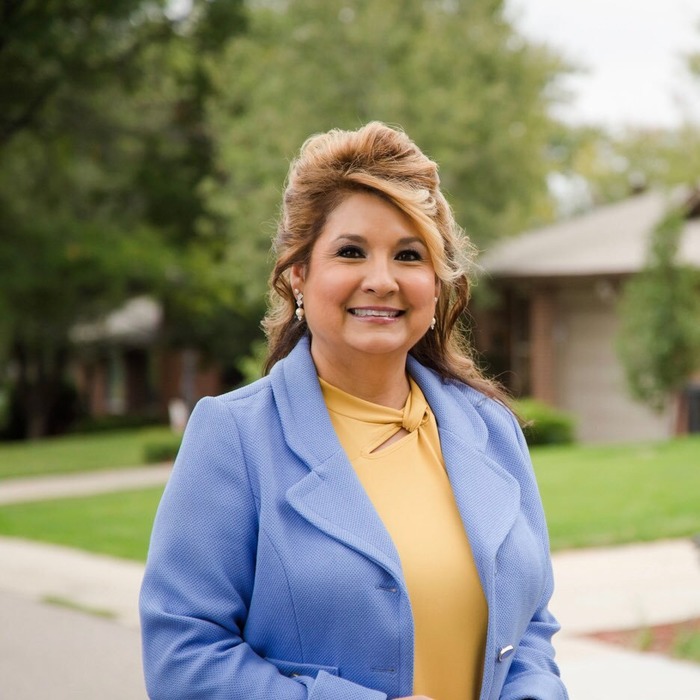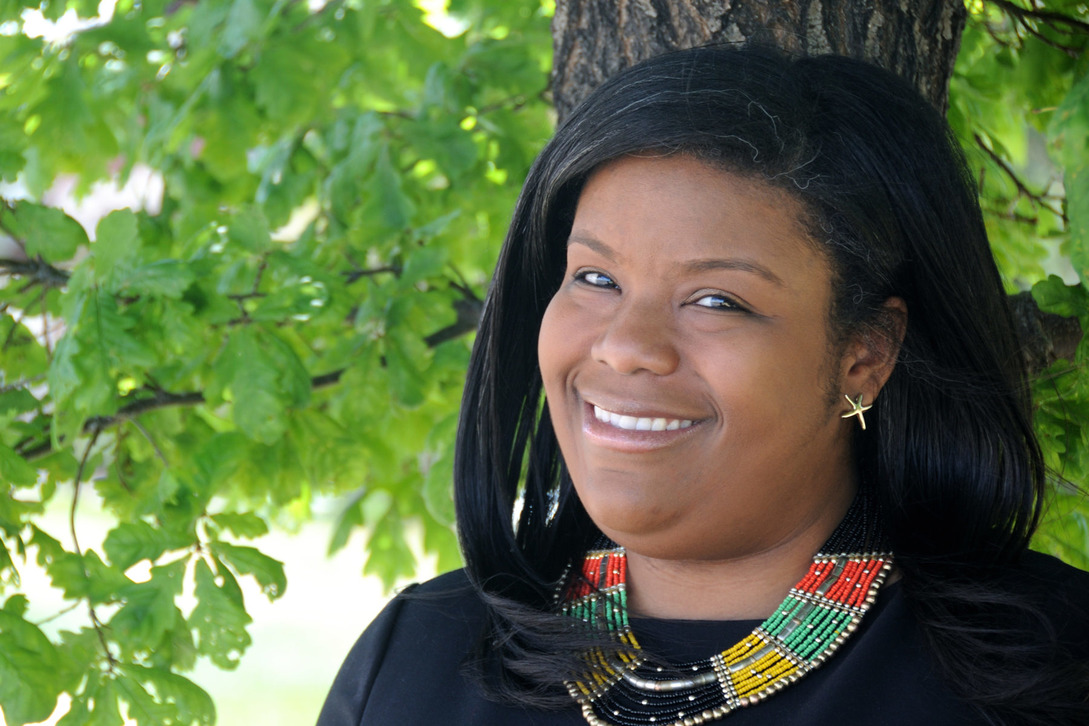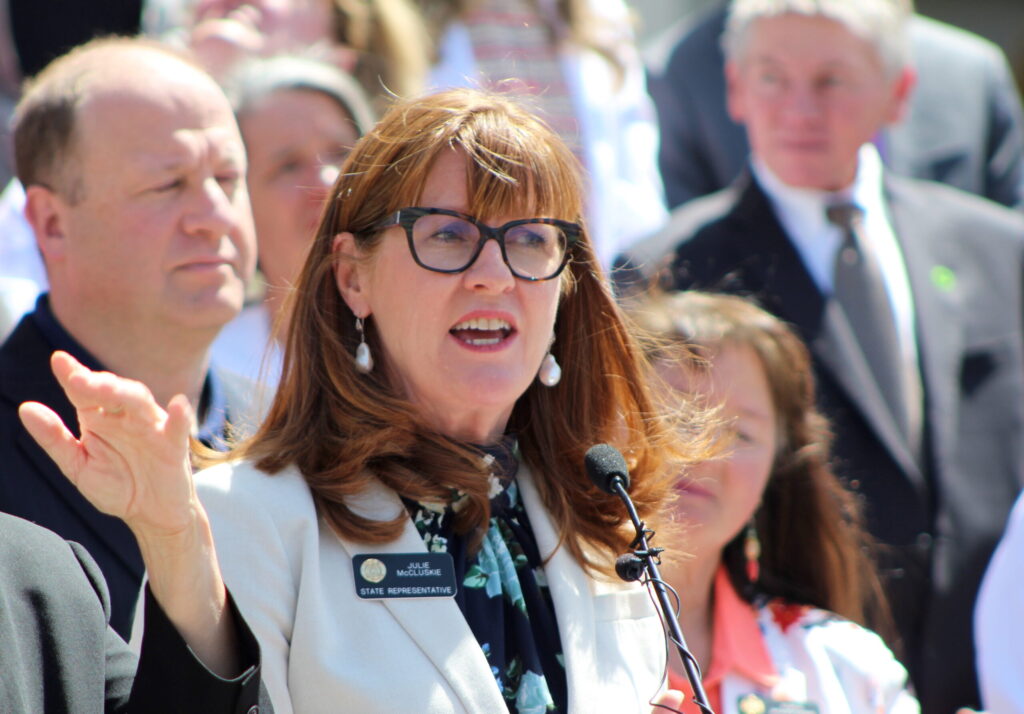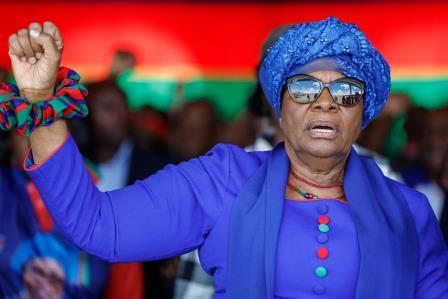The Colorado House of Representatives has always been an exclusive club. Currently, it’s one of only two legislative chambers in the country alongside Nevada where female lawmakers are in the majority.
People generally tend to credit the growing involvement of women in politics nationwide to a backlash against President Donald Trump — but the trend started much earlier in Colorado.
In 1894, Clara Cressingham, Carrie Holly and Frances Klock became Colorado’s first female state lawmakers under the Republican Party and were the first state in the country to have females elected into the state legislature. These days though, the gender gains mostly happen on the other side of the aisle.

Frances Klock , Carrie Holly (Top Right) and Clara Cressingham (Bottom) were the first women to be elected into Colorado’s House of Assembly
With the results of the midterm elections, women in Colorado will now hold 51 of the 100 seats in the state legislature. Twelve of the 35 Senate seats and 39 of the 65 House seats will now be occupied by women, 44 of whom are Democrats and seven of whom are Republican.
In addition to that, for the first time in history, the top three leadership positions will be occupied by women, with Julie McCluskie serving as the House speaker, Monica Duran as the majority leader and Jennifer Bacon as the assistant majority leader, the state will have the largest LGBTQ caucus of any legislature in the country, according to the caucus chair and nearly two-thirds of the House’s 65 members which will be women will be people of colour.
Although both statehouse chambers and the governorship seat were swept by the midterm blue wave, the gender balance of the Senate leans male.
It hasn’t all been a smooth ride for women to get into those exalted seats, though there seems to be a feeling that it was inevitable.
Morgan Carroll, the chair of the state Democratic Party and a past president of the state Senate freely admits it has taken serious work to get here. An on the up Democratic Party had to buck historic midterm election trends in November to grow their majorities in the statehouse, women had to win competitive races across a redistricted map, newly elected Democrats in the House had to, in the words of Rep. Jennifer Bacon, “be about what we say we’re about” and elect women to leadership positions.
People like Carroll had to be “extra combative” to defend women’s presence in the Capitol, while organizers had to build political infrastructures that encouraged women to run and pushed voters to support them.

Monica Duran is the majority leader in the Colorado House of Representatives. Photo -Colorado Newsline
While all the obstacles highlighted above might seem normal to most, the fact that the elected female officials had to put up with all that, surmount it and emerge victorious says a lot about the resilience, determination, creativity and never-say-die attitude of the average Coloradan lady.
Kelly Dittmar, who is the director of research at the Center for American Women and Politics (CAWP), noted that while the new representation of women in Colorado is significant, it is not a drastic increase. That is because Colorado already had a high level of women representation and had received a high ranking from CAWP because of this.
Dittmar attributes this to the work that has been done in Colorado for many years to build a support infrastructure for women seeking elected office. She credits groups like the White House Project, Emerge, as well as elected women officials themselves, who have been intentional about creating a pipeline for other lawmakers.
“Women have had a significant influence on the policies in the Colorado legislature,” Dittmar said in an interview with the media recently. She also noted the importance of women’s perspectives and lived experiences being included in policy conversations.
Morgan Carroll, chair of the Colorado Democratic Party who is due to step down in April has praised the resilience of Colorado’s female politicians and predicts more women will take up more elective positions in future. Photo -CPR.org
All across the country, there are barriers for women – especially for women of colour and women with young children who seek elected office – data has shown that when they are elected, there are policy implications that include more robust paid family leave policies and guaranteed paid sick days. As the number of women in the Colorado state house grew, the Colorado state legislature was even able to garner overwhelming support for a paid family leave policy for lawmakers — becoming the first statehouse in the nation to establish one.

Jennifer Bacon will be the assistant majority leader in the Colorado State House of Representatives. Photo -CGR
“When we think about these majority-women spaces, we should also be thinking about the diversity among women and their viewpoints, agenda and priorities,” Dittmar said.
Political organizations in Colorado have worked for years on recruiting women — and women of colour — to run for office. Jennifer Bacon, an American attorney, educator, and politician who is currently serving as a member of the Colorado House of Representatives from the 7th district alludes to this as she herself had risen through that base. She was first elected as a member of Denver Public Schools’ board before earning a seat in the statehouse in 2020. She joins Rep. Monica Duran, the incoming majority leader, and Rep. Iman Jodeh, the co-whip and the legislature’s first Muslim lawmaker, as women of colour elected to help lead the House’s Democratic supermajority.
The election — and the leadership picks — are historic, but they’re not just checking a box, analysts have opined. An increased number of women — particularly of colour — will have a tangible impact on policy and legislation. They pointed to the passage of the Reproductive Health Equity Act last year, which protects abortion access, and the elimination of taxes on feminine hygiene products and diapers as evidence of past influence.
It’s been touted that the party’s priorities for this year — housing, health care and child care — are women’s and family priorities. The party’s victories in November showed that the vast majority of Colorado voters are in step with those goals as well.

Julie McCluskie is the new Speaker of the Colorado House of Representatives. Photo -Colorado Sun
That being said though, having a majority-women legislature doesn’t mean that all of a sudden gender equity is the name of the game across all policies or even across all levels of office. In as much as it is being celebrated, there is a need to be cautious about not assuming that the job is done in terms of gender equity.
There’s a need to understand that just because the majority of the house members are female and from the same party, that will automatically translate into a full political alignment. The Democratic caucus in the House is big, and its diversity also comes from its broad political bearings. Someone like McCluskie is viewed more as an experienced moderate leading a caucus with a growing progressive wing, while others like Bacon, Duran and Rep. Brianna Titone, a transwoman, are viewed as centrists.
For the first time in its history, Colorado celebrates a Legislature with a majority of women lawmakers, including the most diverse, female-led House leadership team to date. It’s no secret that the whole nation and the world is watching with keen interest how they plan to move Colorado forward with the bold new ideas they promised and its diverse representation.

A rainbow forms above the Colorado State Capitol in Denver in June 2022. DC Times
The success or failure of the female dominated state legislature will leave a legacy that will be felt for years to come. It’s up to them to determine what that legacy will be.







